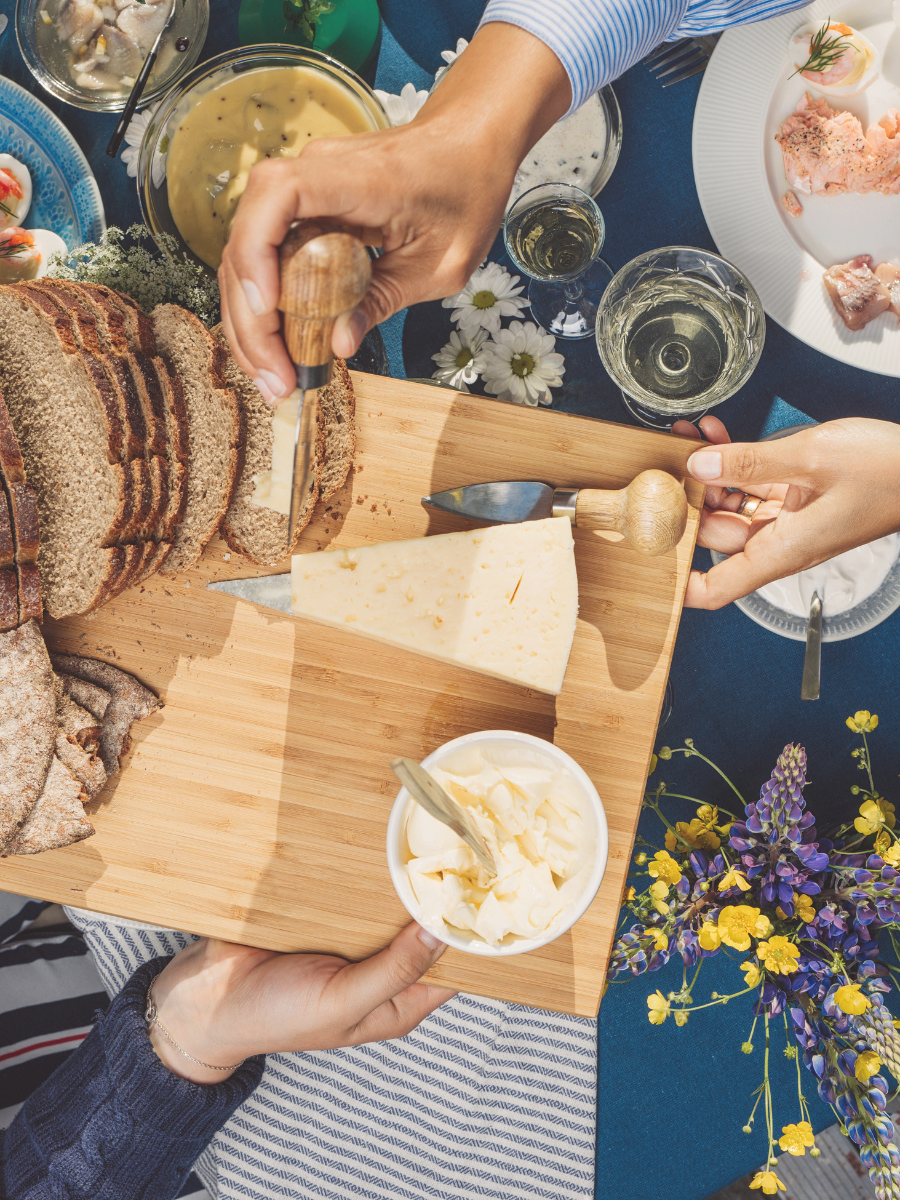Part of the work I do in my private program is to help my clients create a food protocol that aligns with their desired results.
What is a protocol?
A protocol can include parameters around your food choices, dietary principles and habits you wish to adopt, and perhaps most importantly, exceptions to the “rules” you’ve defined.
It can also go beyond food to include other lifestyle changes and behaviours, such as exercise.
A protocol is the “action” piece.
And it often provides some much-needed structure, as well as the flexibility that my clients are seeking.
The critical thing to note here is that my clients fully participate in creating their protocol.
I offer plenty of nutritional recommendations, support, and guidance along the way, but ultimately, she is choosing what she is willing (and not willing) to commit to and follow through on.
This is based on her unique preferences, tastes, work schedule, social calendar, and desired results.
A protocol vs. a meal plan
A protocol isn’t a meal plan.
If I were to simply hand my client a meal plan to follow, it would just be another “diet” for her to rebel against.
Another “diet” that didn’t work.
I’m not a fan of meal plans. And believe me, over my career as a nutritionist, I’ve created my fair share of them.
But beyond providing a healthy dose of context and inspiration, I never actually believe, or even expect, anyone to follow them.
When a client comes to work with me, I make it clear that I am NOT selling a meal plan.
I’m offering her so much more than that—an opportunity to eat in a way that is both enjoyable and flexible, which also gets her closer to her desired results and is sustainable over the long term.
But this is really just scratching the surface of our work together.
How it works
When I assist my clients with building their protocol, I usually suggest that they stick with it for at least a minimum of 2 weeks (preferably longer) to see how their body responds to it, and how they feel overall.
However, the caveat is that they should follow through on it as precisely as possible for that timeframe; otherwise, it can be challenging to pinpoint what’s working and what isn’t.
And the best way to be precise, in most cases anyways, is to write down precisely what they’ve eaten at the end of the day in a simple food journal.
Most of us have a short memory of what we actually ate, so writing it down provides a more accurate picture.
A protocol in action
If you’re interested in building your own protocol, here is a relatively basic and simple sample from one of my clients.
Also, please note that this is just by no means what I’m suggesting as the “ideal way” to eat for everybody—it’s merely one example.
Sample Protocol
- Duration: 2 weeks (minimum)
- Foods to include: all whole and minimally processed foods; limited grains
- Foods to exclude: all foods with flour or added sugars, deep-fried food, alcohol (w/ the exception below)
- Exceptions: 2 glasses of wine per week; a few squares of 85% chocolate as a dessert
- Eating/Fasting Window: 8 hours / 16 hours – 3 x week
- Eating/Fasting Window: 12 hours/ 12 hours – 4 x week – 3 meals per day
* As you can see, this provides a simple framework and focuses mainly on food/eating only.
** You can also see that “whole foods” don’t account for specific foods; clearly, there is still a lot of room for flexibility and choice. However, it does take a lot of decisions off the table (i.e. flour and sugar are found in most packaged food items—even some seemingly healthy ones).
Taking this a step further, she’ll make a (loose) plan for what she’s actually going to eat for the day, along with rough serving sizes.
Of course, she has the freedom to plan exceptions for herself, too.
But the key here is to *plan ahead* (particularly for treats and alcohol).
Making decisions ahead of time can be super helpful, as it leads to less self-negotiating at the moment.
Tweak and refine
It’s essential to create the perfect protocol that works for YOU.
As your tastes and dietary preferences evolve over time, so should your protocol.
As your body changes over time, so too should your protocol.
The protocol you follow to lose the first 10 pounds will likely be vastly different from the one you follow to lose the last 10 pounds.
Your protocol should change with the seasons of your life—both figuratively and literally.
If you don’t like the results you’re getting, then make some modifications.
If you find that you’re protocol is working perfectly for you right now and you’re moving closer to your desired results?
Wash, rinse, and repeat, sister :)
Ready to permanently lose weight, stop overeating, and uplevel your relationship with food?
Learn more about my private 1:1 program here.
Download a copy of my Elegant Eating Handbook to learn simple and effective strategies for permanently living at your natural weight.

Hi! I’m Elaine, a Certified Nutritionist and Master Certified Health Coach. I support women in achieving their health and body goals while prioritizing a peaceful and balanced relationship with food.

Get a free copy of my handbook!
The Elegant Eating Handbook: Timeless Strategies for Lasting Weight Loss and a Peaceful Relationship with Food.
share with friends
keep reading...





[…] ← Previous […]
[…] you already have a personal protocol as your framework, the 24 hour plan takes it a step further because you actually plan out your […]
[…] is why a part of the work I do with my clients is helping them create a personalized protocol that allows them to reach their goals while still living their lives at the same […]
[…] is why it’s essential to create a protocol that works for you and your life, rather than blindly following someone else’s diet or meal […]
[…] is why I help my clients build a protocol that works for them, where they get to take personal responsibility for what they will […]